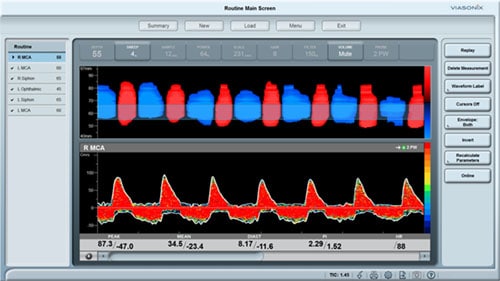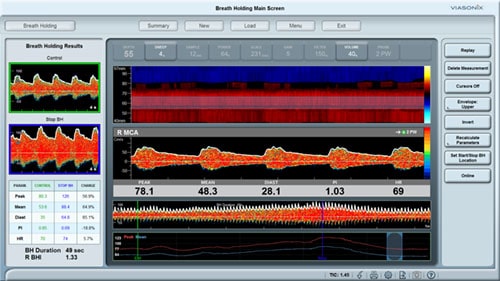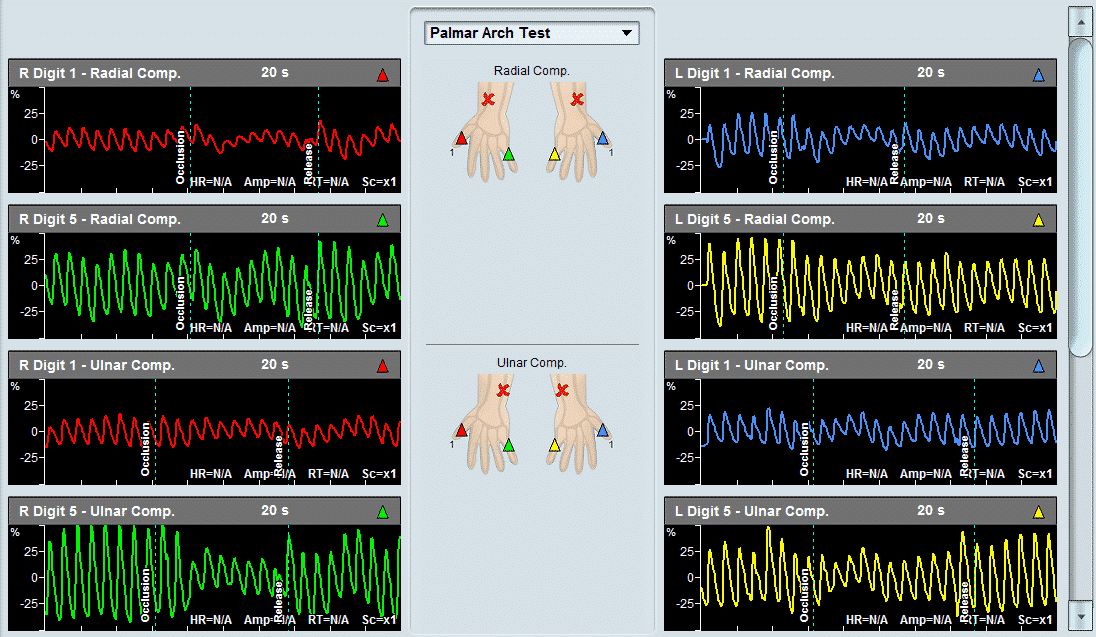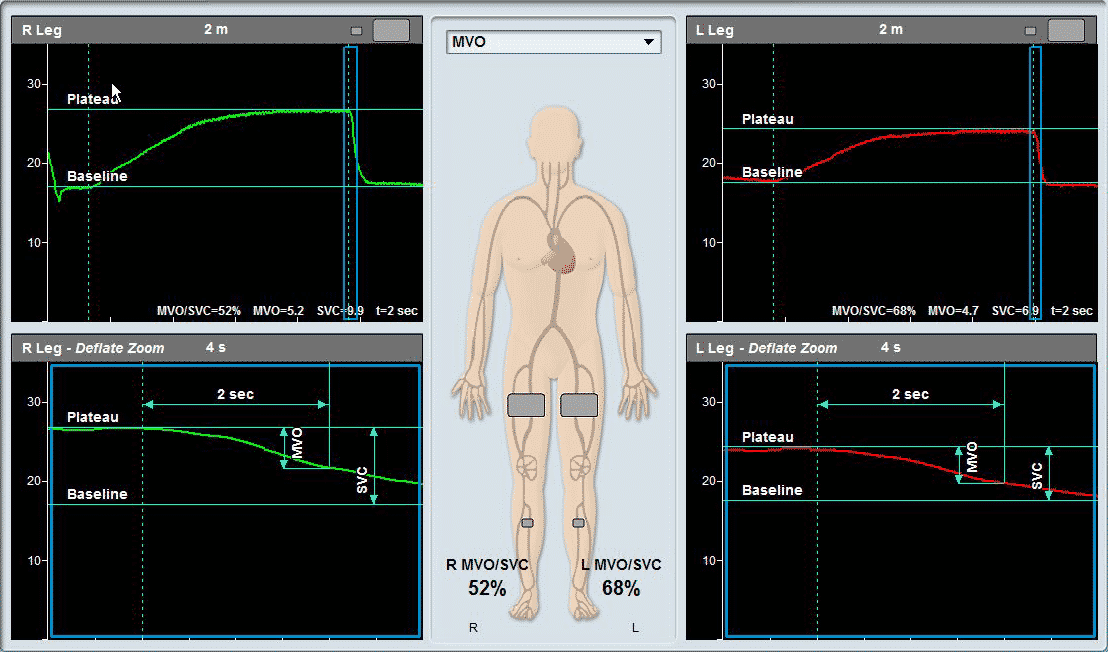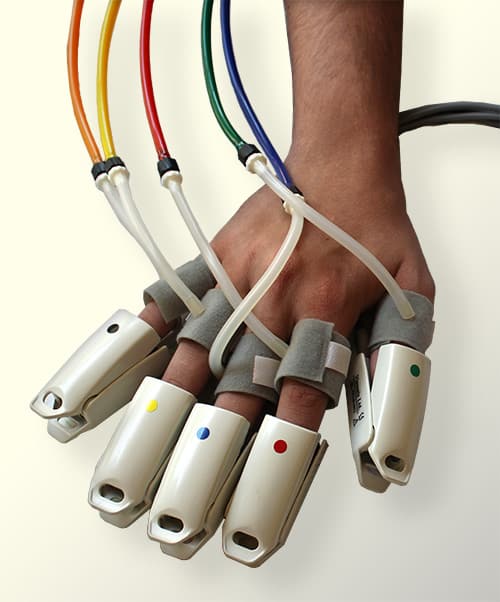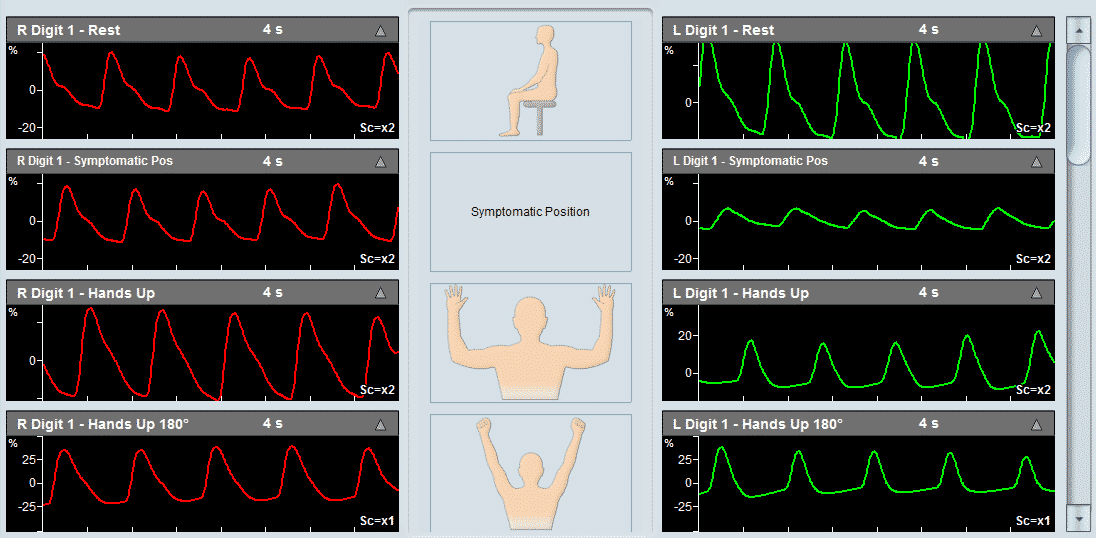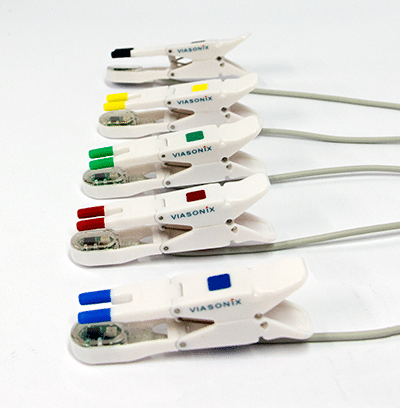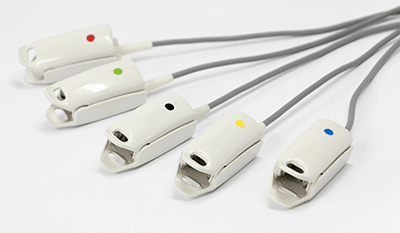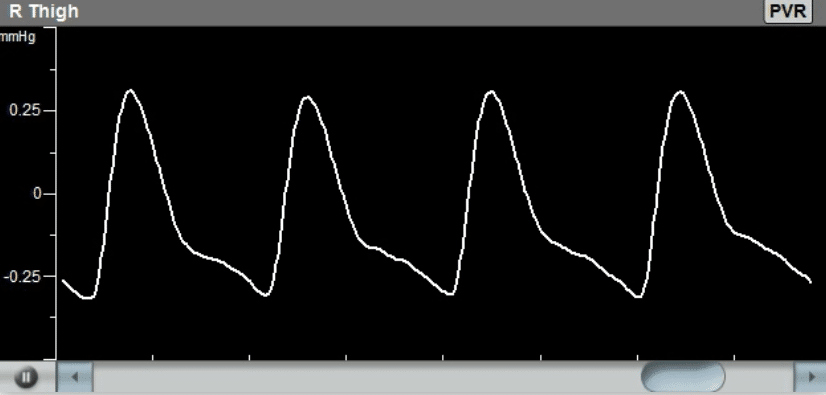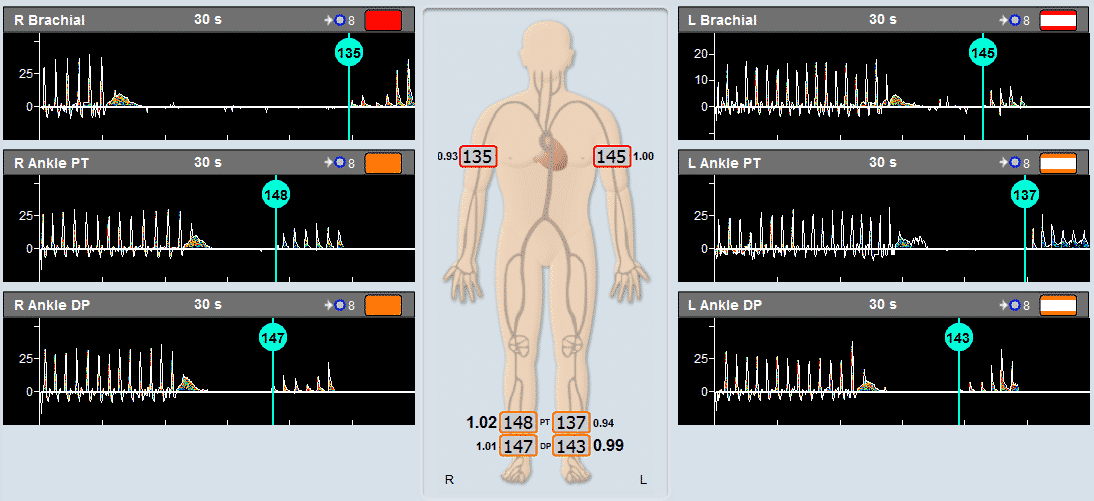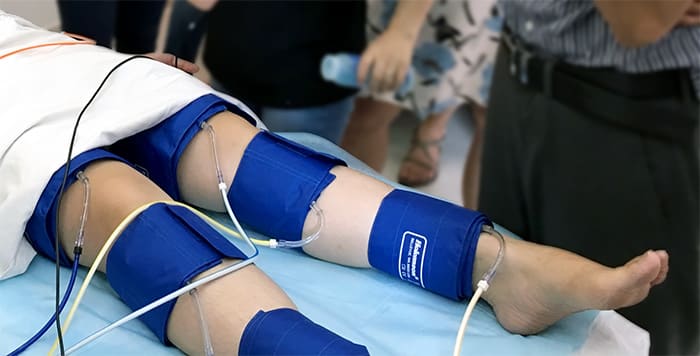Photoplethysmography (PPG) sensors are widely used in vascular laboratories to non-invasively measure blood flow and perfusion in various vascular beds. These sensors work by measuring changes in the volume of blood in the vessels, which can be used to infer information about blood flow and perfusion.
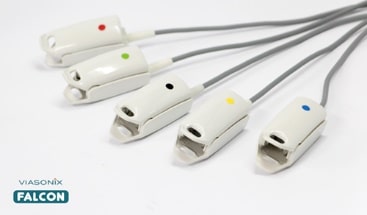
One of the main benefits of PPG sensors is that they are non-invasive and can be easily applied to the skin. This makes them useful for monitoring blood flow in a variety of vascular beds, such as the peripheral vessels in the fingers and toes, as well as the larger vessels in the arms and legs. PPG sensors can also be used to monitor blood flow in the internal organs, such as the heart, lungs, and kidneys.
PPG sensors have a wide range of clinical applications, including monitoring blood flow in patients with peripheral artery disease (PAD), assessing the effectiveness of interventions such as angioplasty and stenting, and monitoring blood flow in patients with critical limb ischemia (CLI).
In PAD patients, PPG sensors can be used to measure the ankle-brachial index (ABI), which is a ratio of blood pressure in the ankle to blood pressure in the arm. A low ABI is indicative of PAD, and can help guide decisions about further diagnostic testing and treatment.

In patients undergoing interventions for PAD, such as angioplasty and stenting, PPG sensors can be used to monitor blood flow before and after the procedure to assess its effectiveness. This can help guide decisions about whether to repeat the procedure or consider other options.
In patients with CLI, PPG sensors can be used to monitor blood flow in the legs, which can help guide decisions about amputation or revascularization.
PPG sensors can also be used to monitor blood flow in other patient populations, such as those with diabetes and hypertension, and in research studies to better understand the underlying physiology of certain conditions.
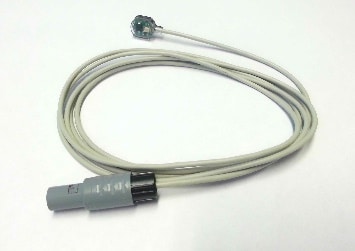
In addition, PPG sensors can also be used to monitor blood flow during exercise, which can provide important information about cardiovascular fitness and help guide decisions about exercise regimens.
Overall, PPG sensors are a valuable tool in the vascular laboratory, offering a non-invasive way to measure blood flow and perfusion in a variety of vascular beds. They have a wide range of clinical applications, including monitoring PAD, assessing the effectiveness of interventions, monitoring CLI, and monitoring blood flow in other patient populations.

